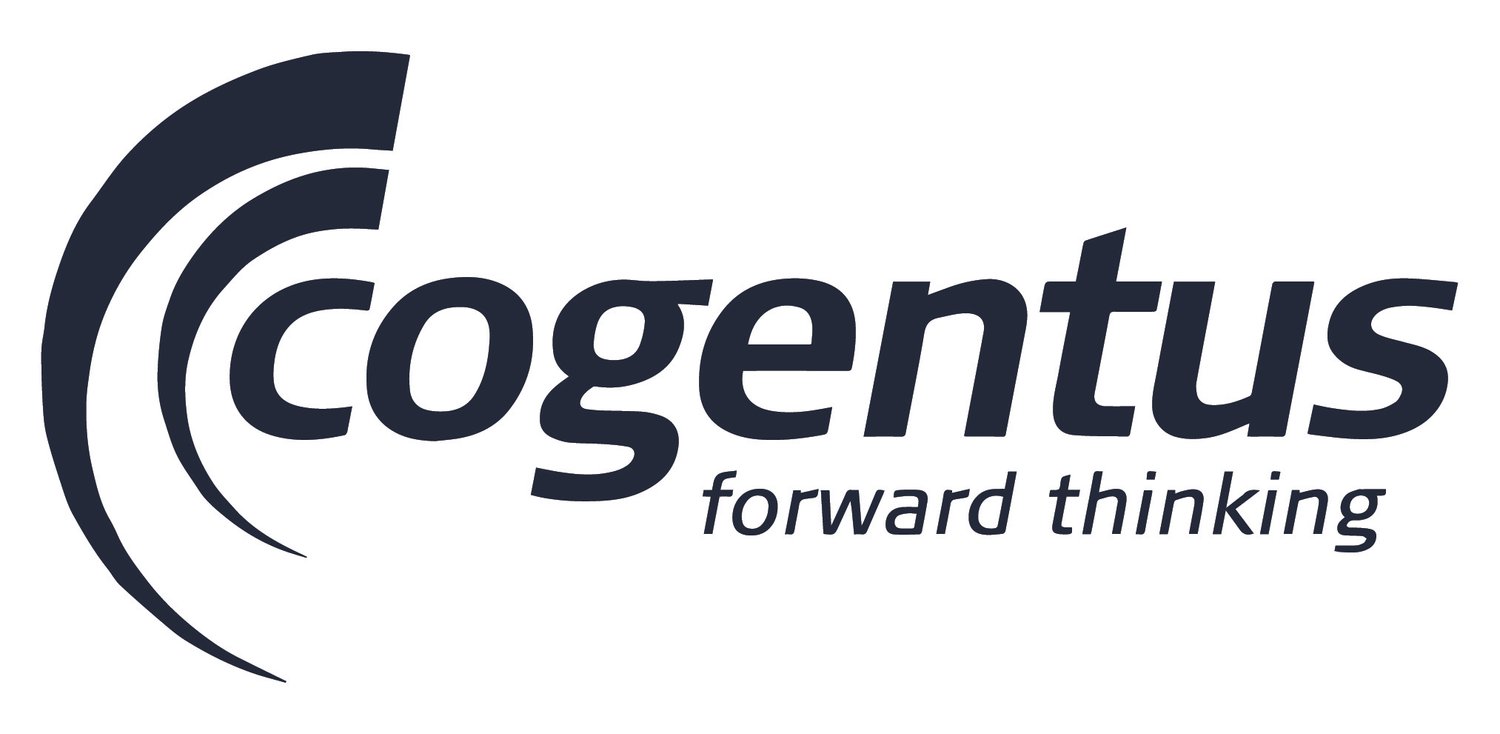With the recent publication in the UK, by BEIS, "Consultation on the Regulation of Nuclear Sites in the Final Stages of Decommissioning and Clean-Up" [Source] and also Innovate UK's £15 million funding for "robotic and artificial intelligence (AI) systems that support safer work for people" [Source]. I thought it was appropriate to cover how previous experiences might support future decision making and improve innovation.
Regular readers will know the key theme is always about "not reinventing the wheel" and learning lessons from what others have done before. A great many clever people across the world and in different industries have put a lot of effort into generating solutions for tricky problems. Some of those solutions may be applicable for your specific problem. They may need modifying, enhancing or tweaking but they could form the basis of real breakthrough innovation.
Characterization and Inspection
Fukushima has had considerable real-world experience in this area and robotics have played a large part in their approach. The "Sunfish", "pMorph" and "Packbot" have all collected useful data and generated extremely helpful lessons learned.
Dismantling
There is a vast range of technologies that have been used (and are being used) across the world. Water jet cutting in nuclear, sludge removal in Oil & Gas or exoskeletons in construction are just three examples where innovation has occurred to improve safety and decommissioning performance.
Storage and Disposal
Near surface disposal, in-situ disposal and deep geological disposal have all been implemented across the world. There are many lessons learned and technological innovations developed that will be useful to others.
Summary
The amount of knowledge on previous experience is enormous. So vast that it is all too common to assume your "problem", "challenge" or "need" is unique. That is almost certainly not the case. The aim of our databases, the Idea Catalog, is to make that knowledge more accessible - particularly with case studies and previous experience. They are continually updated with new information to ensure they provide useful and relevant information suitable for project teams, technical specialists, vendors and innovators.
All users need to register beforehand. This is free. A 15 day trial will allow you to see the full content for evaluation purposes whereupon it will then revert to you only being able to view the summary page of the last 100 entries in each database. You can upgrade at any time to see the full content (including case studies, associated publications and the ability to filter & search for technologies) by subscribing.
The subscription is used to fund the continued addition of content to the databases and to improve the user interface. See our pricing. The benefits of better knowledge management and the sharing of information will lead to greater efficiency and effectiveness for every organization that subscribes. It is an excellent return on investment.
Please note we are also currently developing our new AI chatbot we call "Genie". The idea behind this is to help users navigate through the system by asking questions and getting answers back. It's like Alexa or Google but for our technology databases. It is designed to learn as it is used and subscribers can find it by clicking on the Genie icon. Text or voice can be used. Try asking Genie "what crawlers are available for pipeline characterization?"
We also run workshops. We facilitate them using our databases to help stimulate ideas. We often incorporate Triz to generate breakthrough thinking and move an outline concept into something more concrete. Please contact us if you require further information.










